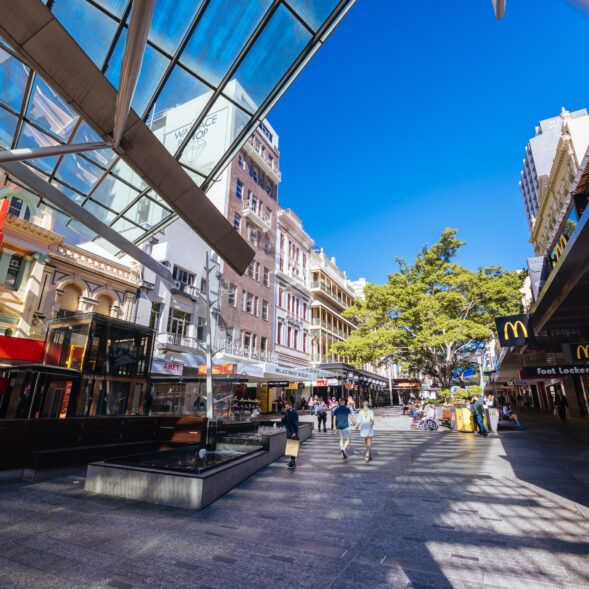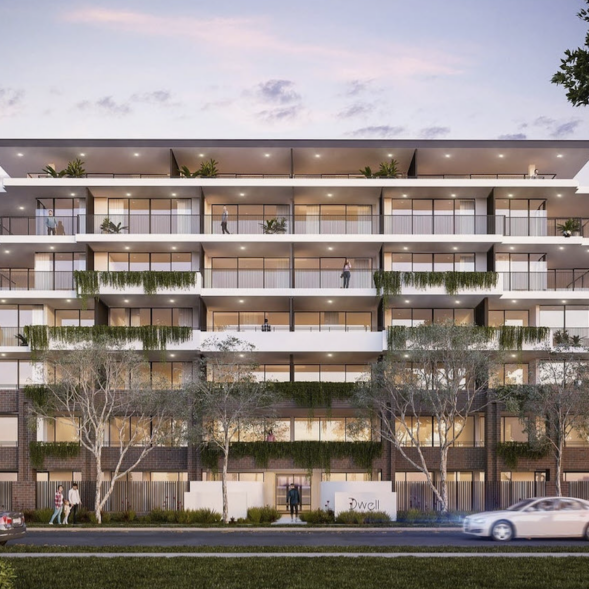Interest rates are in the headlines again as a key driver of the residential property market, affecting both values and market activity. This time last year, the story was about consecutive increases in the cash rate by the Reserve Bank of Australia (RBA) in order to rein in inflation. The first quarter of this year generally saw an increase in market activity due to a growing perception that the next cash rate change would be downwards. An increase in buyer activity was observed as purchasers moved to get in early before any anticipated interest rate cut placed upward pressure on residential property prices. Owners who had been contemplating a sale reacted to the increased number of active buyers and this resulted in a significant increase in residential property listings.
The April ABS data has revealed that inflation remains stubbornly high and is still uncomfortably above the RBA’s desired target range. On 7 May, the RBA decided to keep the cash rate on hold at 4.35 per cent. Market sentiment will likely be affected by the prospect of the cash rate being higher for longer but as highlighted regularly in the Herron Todd White Month in Review, the residential property market is made up of many market segments that are impacted differently.
Brisbane, Adelaide and Perth all have record high median dwelling prices. Of the other capital cities where values peaked in the first half of 2022, Sydney’s median dwelling price is closest to the record high, followed by Canberra and Hobart. It is worth noting that the residential property market in Tasmania has been the most significantly affected by interest rate increases. A surge in interest in Tasmanian residential real estate from interstate purchasers was influenced by the context of COVID and resulted in a significant increase in dwelling prices that set a benchmark that remains well above the current median dwelling price.
Darwin is set apart from the other capital cities as its market peak was all the way back in 2014 and dwelling prices are still generally well below that level.
The regional markets in each state have broadly followed a similar pattern to their respective capital cities over the past twelve months, noting that the overall increase in dwelling values is slightly lower.
These trends can be seen at a glance in our residential Property Clocks that break down markets further by dwelling type – a clock each for units and houses.
Even breaking down the national trends by capital city and state requires aggregating trends that mask some significant differences between suburbs and regional towns.
While the median house price for Melbourne overall is less than five per cent below the peak in March 2022, suburbs such as Flinders, Kingsville and Kew East have performed much less strongly.
This month’s report provides detailed analysis of market activity. Our local experts, who are active in their respective market segments, provide insights into local activity that may be overlooked by reviewing only aggregated data.
Click here to download the May 2024 Residential Month in Review.










